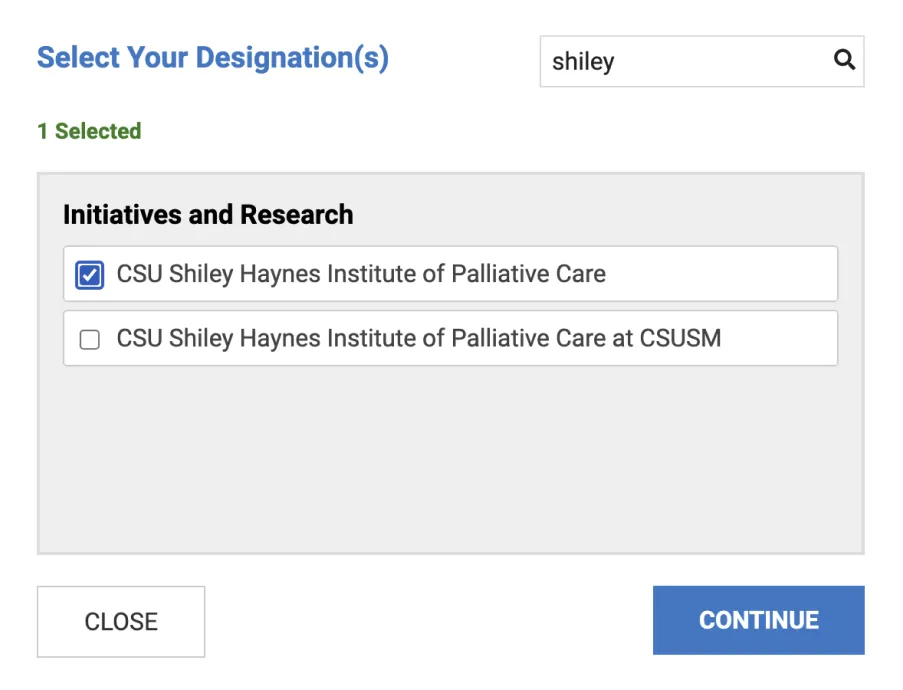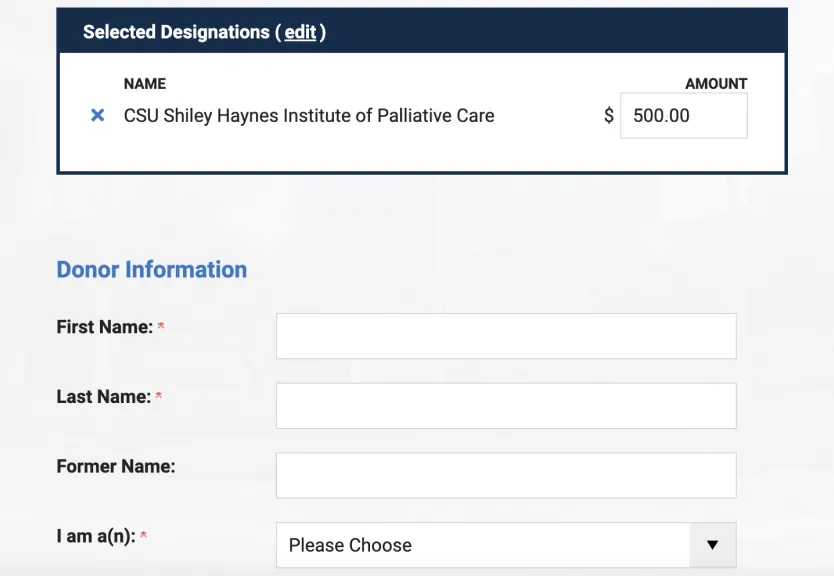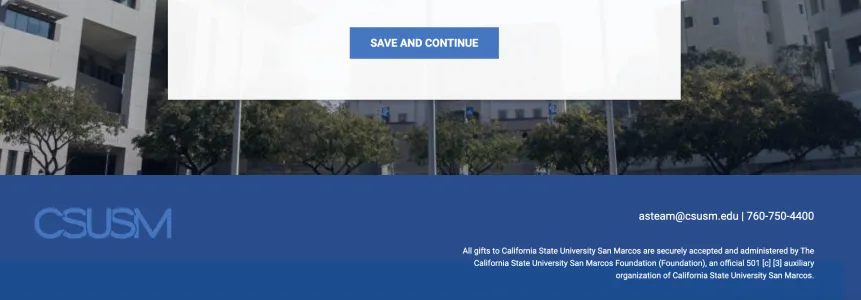Palliative Pain Management Must Include Mitigation of Opioid Misuse
America’s ongoing opioid overdose epidemic has seriously worsened during the COVID pandemic. According to a recent report in the Washington Post, every state has reported an increase in drug overdose deaths or related problems. Total drug overdose deaths in 2020 soared to 93,331, up by 21,000 from the prior, pre-pandemic year. Three-quarters of these deaths involved opioids, including prescription drugs, heroin, and fentanyl in its various incarnations.
For hospice and palliative care clinicians, pain management is an essential responsibility in managing the symptoms of seriously or terminally ill patients. However, the unabated tragedy of prescription opioid misuse and overdoses also requires their attention, and the dilemmas of balancing these needs have been further complicated by the pandemic.
“We’ve had to incorporate opioid misuse and mitigation strategies into palliative pain management training,” says Darrell Owens, DNP, medical director for palliative care at the University of Washington Medical Center, Northwest Campus, in Seattle, and one of the teachers of an upcoming online pain course offered by the CSU Shiley Haynes Institute for Palliative Care. “Practical Pain Management Approaches for Advanced Illness” is a high-level, asynchronous, eight-week, instructor-led course, designed for physicians, physician assistants, advanced practice nurses, and registered nurses. The course starts October 6 and offers 48 hours of CE or CME credit.
Dr. Owens, who has worked in hospice and palliative care for 30 years, teaches pain management to advanced practice nurses. He says he has seen the pendulum of attitudes toward opioids swing from one extreme—what does it matter if a terminally ill patient gets addicted—to another, with a growing number of regulatory barriers limiting the prescribing of opioids for pain relief. Even though hospice and palliative care may be exempted from some new limitations, clinicians still need to be aware of their impact.
“I’ve never experienced opioid overdose issues in the hospice and palliative care world, although we have often seen opioid use disorder. But we have realized that these are important issues we need to address,” Owens says. “It’s part of our society and we have to be prepared.” That includes information about opioid use disorder, and how to address it from a palliative care perspective.
For some patients, their sobriety has been very important to them, even though they are now experiencing pain from cancer or other diseases, Owens explains. Others are struggling with current addiction issues—or their family members are. Health care providers from outside of the palliative care world often want to turn all of their challenging patients with serious pain management needs over to palliative care and hospice to manage.
“In my clinic, I won’t do chronic pain management,” he says. “But that’s an ongoing struggle for our field. In Seattle, there are very few pain clinics that are willing to prescribe opioids. They say they do procedures—not opioids.”
Tools of Risk Reduction
In a palliative care setting, interventions should start with asking patients about their goals for pain management, Owens says. What is their history of drug use, and how has it impacted their lives? “If you don’t know what matters to them, how do you decide what to recommend.”
There are tools for risk reduction from the addiction medicine field, among a range of harm reduction strategies. These include pain management contracts or agreements, short-term or long-acting opioid prescriptions, lockboxes, online prescription drug monitoring programs, even urine drug screening or medication-assisted treatment. However, these tactics are rarely used in hospice and palliative care. “We need to incorporate these tools into our teaching,” Dr. Owens adds.
“Some of this is easier said than done, but if we’re addressing whole-person care, how do we communicate with the patient and develop therapeutic partnerships? That includes skills in limit setting.” Clinicians may reach the point where they have to say to the patient, “I can’t prescribe opioids for you anymore. I’ve done everything I can to try to manage this situation.’ But that’s rare. Most of the time it’s possible through negotiation to find a solution.”
It’s also important to learn about and offer alternative complementary and adjuvant non-opioid treatments, for example, massage and acupuncture. “These are generally not paid by insurers. In our course, we teach that these are alternatives, but they’re not for everybody.” There are also risk assessment tools, which are used more often in palliative care clinics, especially when embedded in oncology, than in hospice he says.
Another instructor for the pain course, Brian Garner-Vrabel, MSN, is a manager of hospice homes for Sharp Hospice Care in La Mesa, California. “I wrote the Institute’s original curriculum, and the real gist of what I was trying to convey in an eight-week course is that as health care professionals we don’t always do enough when it comes to pain management and how it can affect people’s lives. Clinicians don’t always take time to evaluate the impact of pain and its treatment on the individual. One of our adages in pain medicine is that pain is never a single-dimensional phenomenon, there are always multiple factors, physical, psycho-social, emotional, spiritual,” he said. When the team works together on pain management, they can get a more comprehensive perspective and end up with a better outcome.
“If the patient says an alternative modality works for them, we need to listen, whether that is herbal therapies, Reiki, crystals, or spiritual solutions to pain,” Garner-Vrabel says. (The Shiley Haynes Institute also offers another course, Cannabis in Hospice and Palliative Care). “We try to teach integrative alternatives. You may have to use opioids for a short period while exploring these other options that could make it possible to decrease the opioid dose,” he explains.
“But desperate people will grab for anything that might give them relief.” The concept of pseudo-addiction suggests that patients who are still in pain, despite taking their analgesic dose as prescribed, may seem to act like addicts or act out in any way that might bring them relief. “Pay attention to the patient and what they are doing. Keep track of what’s happening. If you do that, it can be safe to prescribe opioids when needed.”
Garner-Vrabel encourages clinicians to do a basic opioid risk assessment and screening for all patients receiving opioids. The Food and Drug Administration’s Opioid Risk Tool is a simple questionnaire designed by Dr. Lynn Webster, but there are other options, some built into health systems’ electronic medical records.
“We tell our students: You can safely prescribe opioids,” Dr. Owens adds. “Here is how you do it. Opioids have an important role to play in palliative care. But some cases are going to take up a lot more of your time to manage.” To learn more about the CSU Shiley Haynes Institute’s practical pain management course, cost, and how to register, visit the Institute’s webpage.




